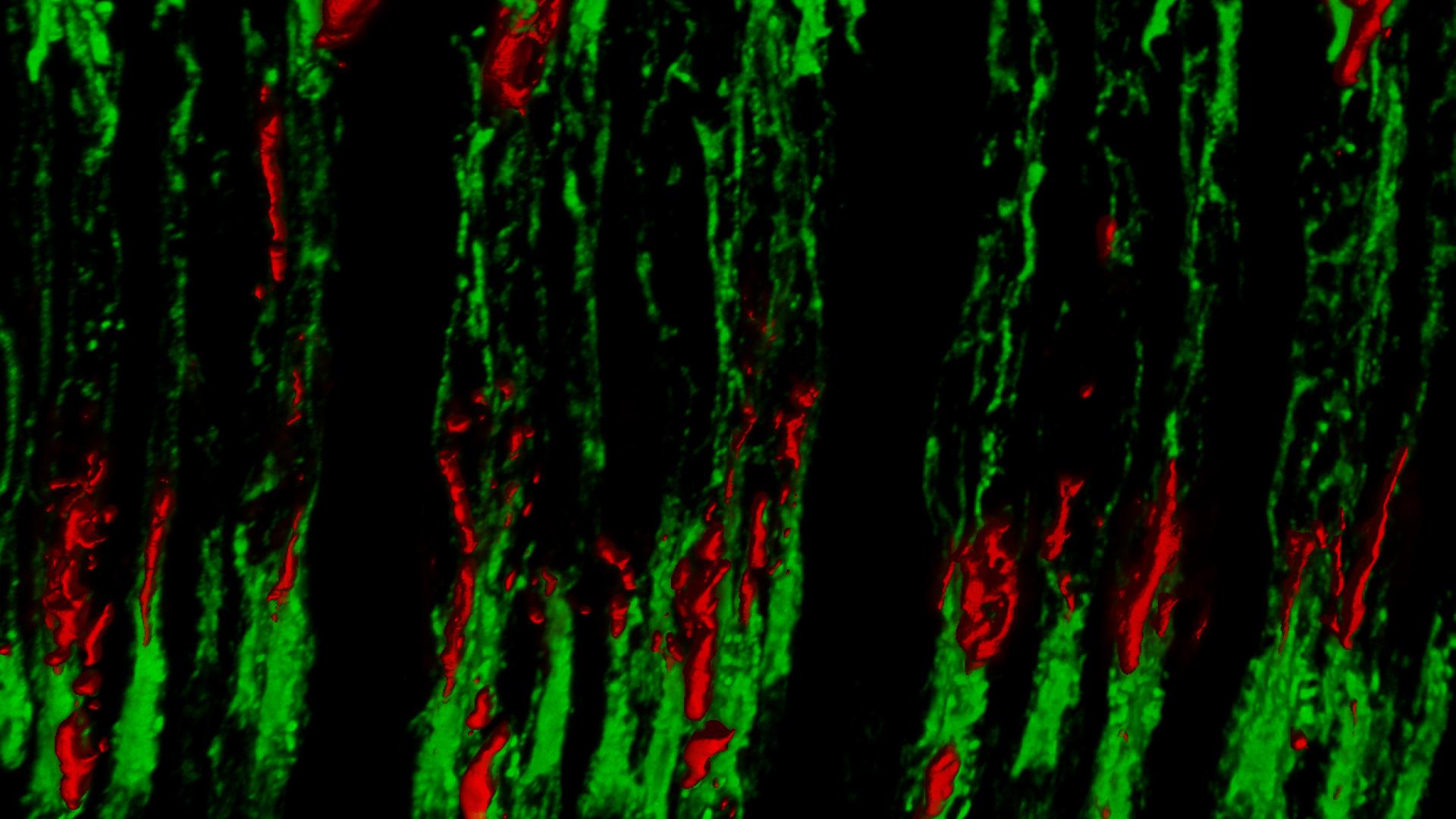Looking for Age-Related Metabolic Changes in the Eye that Contribute to AMD
Written By: BrightFocus Editorial Staff



Written By: BrightFocus Editorial Staff

What: Researchers are trying to identify specific changes in photoreceptor metabolism that contribute to AMD progression and may lead to new treatment approaches.
Where: Cheng, S-Y et al. HK2 Mediated Glycolytic Metabolism in Mouse Photoreceptors Is Not Required to Cause Late Stage Age-Related Macular Degeneration-Like Pathologies. Biomolecules, 2021.
BrightFocus Connection: This work was supported by a 2017-19 grant from Macular Degeneration Research (MDR), a BrightFocus program, to Claudio Punzo, PhD, of the University of Massachusetts Medical School.
Why It Is Important: Age-related macular degeneration (AMD) is the most common cause of blindness among older adults in the industrialized world. It stems from multiple causes, some of which remain unclear. Claudio Punzo’s lab studies degenerative diseases of the retina using mouse models. With his current MDR grant, he and colleagues are exploring the connection between smoking and increased risk of AMD. In an earlier grant project, they looked at metabolism. It is known that with age, photoreceptor cells (the rods and cones that respond to light and enable vision) experience reduced levels of nutrients in the form of glucose and must adapt to stay alive. As one of the most metabolically active cell types in the human body, photoreceptors have large energy requirements. Punzo and his team have studied whether this energy deficit and adaptation by photoreceptor cells for this loss may contribute to the development of AMD.
Through experiments, the Punzo lab has confirmed that hypothesis and refined it by examining precisely which metabolic alterations within the photoreceptor cells might contribute to AMD. The protein that orchestrates the first step in metabolizing glucose in these cells is called Hk2. Hk2 is elevated in the photoreceptor cells of people who have AMD, which makes sense: if these cells are not getting as much glucose as they need, they want to make sure to retain all that they do get. When Punzo’s lab induced AMD in mice they saw a number of metabolic changes, including the same elevated levels of Hk2 in their photoreceptor cells as had been observed in people with AMD.
To determine if Hk2 was important in the development of AMD, as these findings suggested, Punzo’s team eliminated the protein in the rod cells of their mouse models. Even without this protein the mice still developed AMD, indicating that alterations to Hk2 and the glucose metabolism pathway it initiates are not required for AMD pathology and that other metabolic pathways may play a role. As part of this ongoing interest area, the Punzo lab will continue to investigate factors contributing to metabolic dysregulation in AMD and whether they could possibly be controlled as part of an entirely new treatment approach.
BrightFocus Foundation is a premier global nonprofit funder of research to defeat Alzheimer’s, macular degeneration, and glaucoma. Through its flagship research programs — Alzheimer’s Disease Research, Macular Degeneration Research, and National Glaucoma Research— the Foundation has awarded nearly $300 million in groundbreaking research funding over the past 51 years and shares the latest research findings, expert information, and resources to empower the millions impacted by these devastating diseases. Learn more at brightfocus.org.
Disclaimer: The information provided here is a public service of BrightFocus Foundation and is not intended to constitute medical advice. Please consult your physician for personalized medical, dietary, and/or exercise advice. Any medications or supplements should only be taken under medical supervision. BrightFocus Foundation does not endorse any medical products or therapies.

University of Massachusetts School of Medicine
